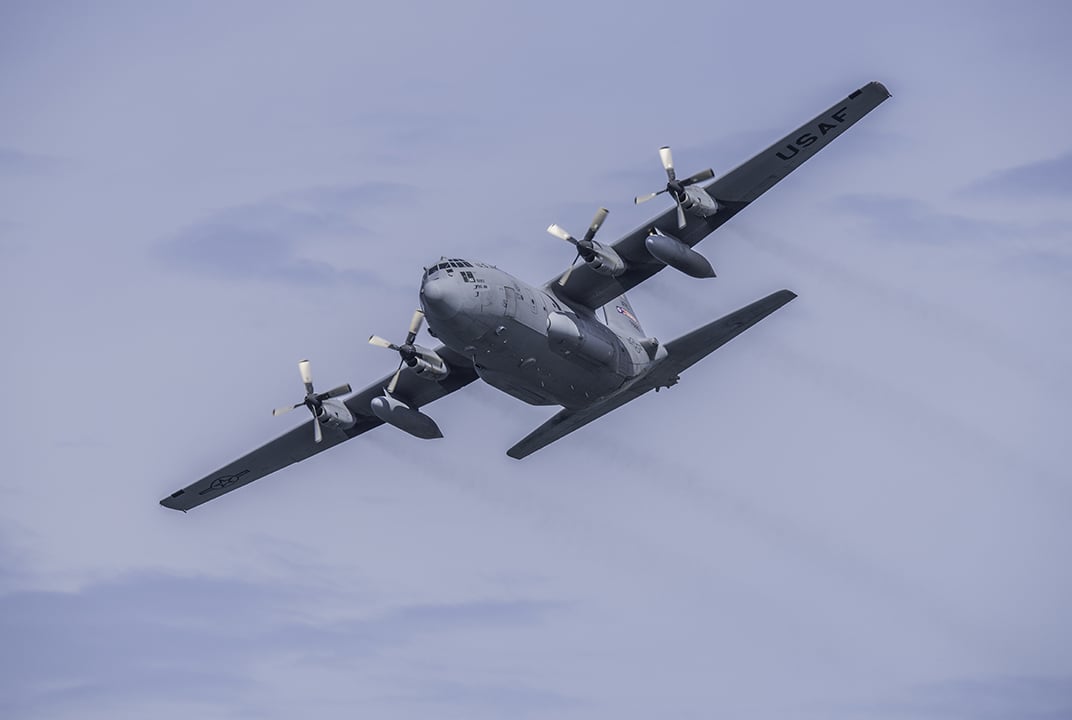Insight | Micro-Ant Inside: solving unique challenges to deliver high-performing antennas for government users
Micro-Ant Inside: solving unique challenges to deliver high-performing antennas for government users
Government
Charlie McCarrick launched Micro-Ant in 2003, building and testing in his basement in Plymouth, Mass., to – as he likes to say – “solve antenna problems.” From the beginning, he was determined to compete based upon distinguished intellectual property capabilities as opposed to commoditized pricing strategies.
This spirit drives Micro-Ant today. Now headquartered out of Jacksonville, Fla., the company is totally focused on customized responses to specific needs, including phased arrays, patches, parabolic, flat-panel antennas and low-profile active antennas. As Charlie, Micro-Ant’s Chief Science Officer, President and Founder says: “We don’t really have a catalogue of products. We have a catalogue of people whom we support.”
“The good people at Inmarsat and Inmarsat Government, of course, represent an essential part of our catalogue,” he added.
Micro-Ant was the first to provide the Global Xpress ground terminal antennas (65cm and 1m) that are widely deployed today. Building on this success, the company’s other wideband innovations include the development of a purposely developed polarization and switching wideband antenna that covers the full Ka-band frequencies (17.7GHz to 31GHz).
“We were eager to take this on because we love a great technical challenge. We succeeded, and then expanded our footprint with Global Xpress,” said Jim Francis, Micro-Ant’s Chief Executive Officer.
The company has built thousands of wideband, polarization diverse Ka-band antennas which are type-approved to operate on the Inmarsat Global Xpress and military Wideband Global SATCOM (WGS) satellite networks.
The long-time, trusted partnership with Inmarsat has led to additional accomplishments that both companies are very proud of, such as the development of a wideband flat antenna that quickly and easily operates without restrictions over the Global Xpress commercial network and is interoperable with military satellite systems to ensure always-on connectivity for end users. As part of a United States Department of Defense (DoD) demonstration, the antenna was successfully deployed in the Arctic and demonstrated outstanding performance even in the most hostile of environments, with an extremely difficult satellite look angle.
The successful collaboration applies to Inmarsat ELERA as well. Micro-Ant helped create the L-band Advanced Communications Element (LACE) II, a high-speed L-band antenna that operates on the Alphasat satellite and has demonstrated data rates as high as 10 Mbps x 10 Mbps. LACE II standard service allows users to receive and return large quantities of video and sensor data at rates as high as 3 Mbps while simultaneously maintaining the reliability, ease of use, low cost of operation provided by Inmarsat’s seamless, global L-band space and ground network.
“From a branding perspective, it is somewhat interesting that our antennas are deployed across-the-board in the military satellite community, but our brand name still flies somewhat under the radar,” Jim noted. The DarkWing terminal, for example, which received Inmarsat type approval earlier this year to operate on the Global Xpress network in both commercial and military Ka-band worldwide, includes Micro-Ant’s wideband flat antenna.
“Some say we should require our integrator partners to include a sticker-like notice on their terminals that says “Micro-Ant Inside”. But, in the meantime, we are dedicated to resolving the unique challenges and meeting the individual needs of our partners and customers,” Jim concluded.
If you would like to find out more about how Micro-Ant’s antennas inside Inmarsat’s terminals support the very best in satellite products and services, than please contact Inmarsat Government.


